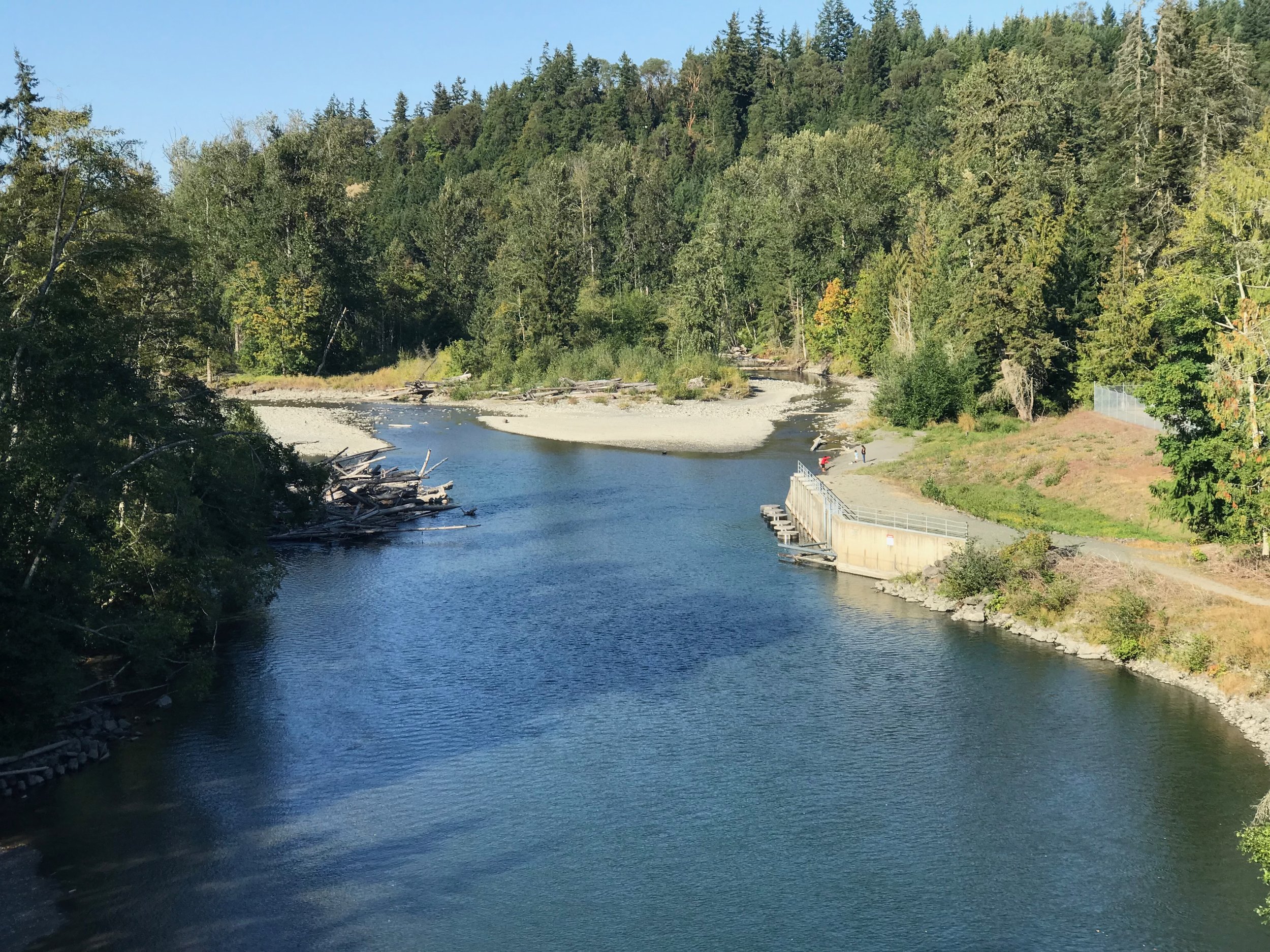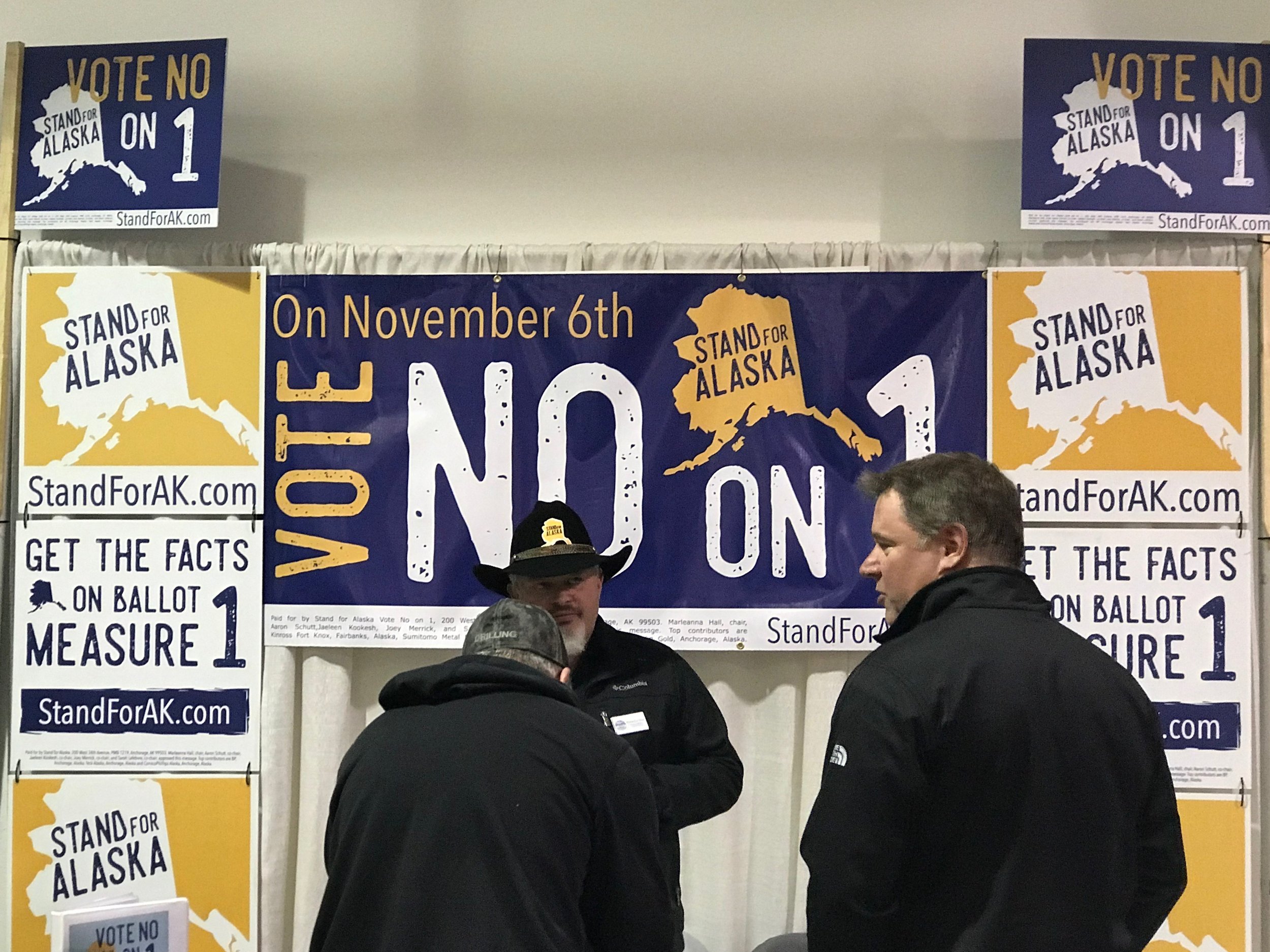Salmon and stewardship
By Rick Holmes
September 14, 2018
Port Angeles, Wash. -- Wild salmon lead complicated lives.
They hatch from eggs buried by their mothers beneath the gravel in clear, cold, freshwater streams. There, they are shaded by fallen trees and sheltered in protected pools. As they grow, that birthplace – the mix of minerals in that part of that stream, the location of that particular pool – is imprinted on their brains. As they grow, they work their way downstream to the ocean, transitioning into saltwater fish. Then it’s off into the ocean where, for the next year or more, depending on the species, they feed and grow big over a migration of thousands of miles. Salmon hatched in the Pacific Northwest have been found as far away as Japan.
Then the salmon return to their ancestral streams, guided by the smell of the streambed, by the earth’s electromagnetic fields, and perhaps by the angles of the sun. There, they lay and fertilize their eggs. Within days, the salmon die, but the carcasses they leave behind nourish 100 different species in the forest.
Salmon are good for just about every living thing, it seems. They are the link between sea and forest, bringing essential nutrients inland. Researchers have discovered even forest trees have a higher growth rate if there are salmon in nearby streams. Tastes great, too.
But the wild salmon aren’t running like they used to. In Alaska, this year’s commercial catch is running 30 percent behind projections. The Chignik salmon fishery has all but disappeared.
In the Pacific Northwest, salmon numbers have plummeted as well. Over 100 wild salmon and steelhead stocks in Washington, Oregon and Northern California are at risk of extinction. On Washington’s Puget Sound, there is great alarm over a sharp decline in the number of resident killer whales, or orcas, which are treated almost like family members. Reduced salmon stocks are a prime culprit.
What’s happening to the salmon? Overfishing in the Pacific. Dams on rivers and streams that stop salmon from reaching their spawning grounds. Mining and other development that can change the mineral balance in the streams or release sediment into streams that leave the ancestral habitat unrecognizable to the salmon.
The situation has prompted a ballot question that pits two of Alaska’s traditional values against each other: the love of salmon vs. the suspicion of government regulation. It also pits a coalition of environmental groups and the state’s commercial fishing and tourism industries against mining and other resource extraction interests.
Question 1, dubbed “Stand for Salmon” by its sponsors, would establish a uniform system for assessing proposed developments’ impact on fish. It’s being fiercely opposed by a group called “Stand for Alaska.” This is the time of year Alaskans are stocking their freezers with salmon for the long winter ahead. How they fare at their favorite fishing streams may help determine how they vote in November.
One of the best ways to save the salmon is to take down the dams that stand in the way of their life cycles.
The Elwha river, on Washington’s Olympic Peninsula, was once the home base for 400,000 salmon. Fish as large as 100 pounds could be seen fighting their way upstream to spawn. Then a developer built two dams on the Elwha to generate electricity for the growing Port Angeles region. The salmon couldn’t get home to reproduce and the animals dependent on them – bears, bald eagles and lesser creatures – disappeared.
Humans suffered as well, especially members of the Elwha Klallum tribe, who had lived by the river for centuries and built a culture with salmon at its center. Natives had no say in the decision to build the dams, which submerged their sacred places beneath man-made lakes and kept the salmon at sea. But they never stopped hoping their river could be restored, and after decades of advocacy, officials agreed to remove the dams.
A century after they were built, the dams were removed. Restoration is not yet complete, but the salmon are again finding their way upstream.
Across the West, humans have often had to intervene to undo the damage to natural systems caused by earlier human interventions. Humans hunted bison and whales nearly to extinction before regulators stopped the carnage. When their furs became fashionable in the 18th and 19th centuries, the same thing happened to sea otters, like salmon a keystone species on which entire ecosystems depend.
A 1911 treaty banned the sea otter trade, and the cute creatures can be seen by the scores bobbing on their backs off the Alaskan shores. Non-native mountain goats have been making trouble for native species on the Olympic Peninsula ever since sportsmen imported them for game. They are now being captured and relocated to to places where they have always thrived.
Stewardship of the environment requires more than protecting tasty salmon, cute sea otters and majestic whales. It requires understanding that every creature’s life cycle is complicated and intertwined with those of all creatures around it.
“Man did not weave the web of life,” Chief Seattle is credited with saying. “He is merely a strand in it. Whatever he does to the web, he does to himself.”
Rick Holmes can be reached at rick@rickholmes.net. You can follow his journey at www.rickholmes.net. Like him on Facebook at Holmes & Co, on follow him on Twitter @HolmesAndCo.
##30##



